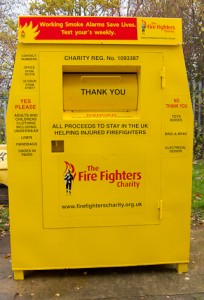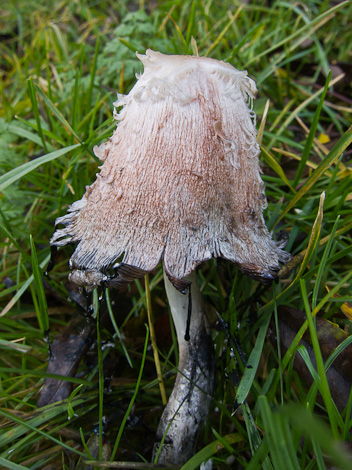I recently completed an Economics Diploma for which I had to choose a topic for a research project. Bearing in mind my interest in most things environmental I stupidly supposed that this would be a good subject area and decided to look at the effectiveness of government policy in reducing carbon emissions from business.
Now this was a more tricksy issue than originally expected. I quickly decided to avoid anything relating to transportation for two reasons. Firstly I am a little biased about car, plane etc usage, and, more importantly, it is difficult to differentiate business and private travel in government figures. After a short time I decided that there was no point looking at the CRC scheme or the Feed In Tariffs even though I had gathered a lot of information about them – the problem is they are just too new and therefore data relating to their effectiveness (or not) will not be available for some time.
So I concentrated on the Climate Change Levy, Renewables Obligation Certificates and the EU Emissions Trading Scheme.
The Climate Change Levy is a tax on energy use by business and was introduced in 20o1. From what I could see, probably due to its relatively low level, the fact that it didn’t change in level for 6 years and came in just after the price of electricity dropped dramatically, it has had no perceivable effect – after all it is just another number on the bottom of a utility bill (a quick calculation gives it a price of around £9 per tonne of carbon).
The renewables obligation certificate was meant to encourage energy suppliers to invest in renewables by obliging them (wonder where they got the name from?) to either obtain a specified amount of energy from renewables or to pay a fine which was then distributed to those that did comply. It seems to have increased the amount of renewable energy generated, but the costs are passed onto customers (business and domestic) and government targets (10% by 2010) are nowhere near being met. An improvement was made when they changed the level of certification for different types of renewables so that newer technology was worth more than established sources such as wind. I think that the renewables obligation has also helped reduce methane emissions from landfill as the majority of these are now capped and used as an energy source.
The final scheme is the fabled EUETS – a cap and trade scheme. This hasn’t worked to reduce emissions either. It was aimed at power suppliers and high energy users such as cement manufacturers. However, initial allocations appear to have been higher than business as usual scenarios – perhaps they were optimistic about growth prospects, more likely the government had no way to check the figures and did not want to ‘impair competitiveness’ – it was not just the UK government that was guilty of over and free allocations. The first phase of the scheme has passed and the second and third do not look any more promising. No minimum price has been established for carbon and probably never will as there are too few participants and the cap on emissions is not low enough meaning the true value of carbon is not seen.
So, overall I found that when I looked at emissions figures from 1997 (the year of the mythical Kyoto treaty) although emissions had dropped in some cases, it was not by much and did not seem to have been as a direct result of policy. The only thing that did seem to have occurred, particularly with the EU ETS (and I think is the saving grace of the CRC) is that the issue of energy usage has become a talking point in the board room. A favourite quote that I found was that for business to change their energy use they needed not only a carrot and stick approach but a tambourine as well. As usual I think that government was too afraid to annoy business, energy companies and voters to do anything radical or useful – I came away from the project feeling more than a little demoralised.
 Just like everyone else I have a long list of things to do / organise / put in place which really do not take much effort or time at all. One of these things is to increase the recycling that we do at work. I have now taken the first step and we have installed a textile bin on site to collect old textiles on behalf of the firefighters charity. The main idea behind having the recycling bin is to give us somewhere to put old uniforms and gloves, but it is also obviously available for people to bring their old clothes etc in from home.
Just like everyone else I have a long list of things to do / organise / put in place which really do not take much effort or time at all. One of these things is to increase the recycling that we do at work. I have now taken the first step and we have installed a textile bin on site to collect old textiles on behalf of the firefighters charity. The main idea behind having the recycling bin is to give us somewhere to put old uniforms and gloves, but it is also obviously available for people to bring their old clothes etc in from home.